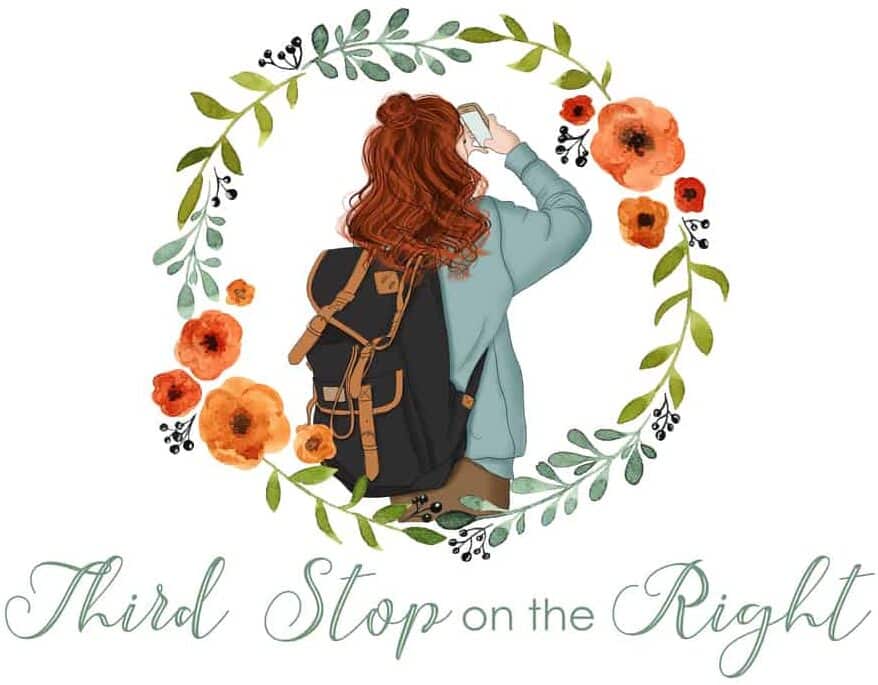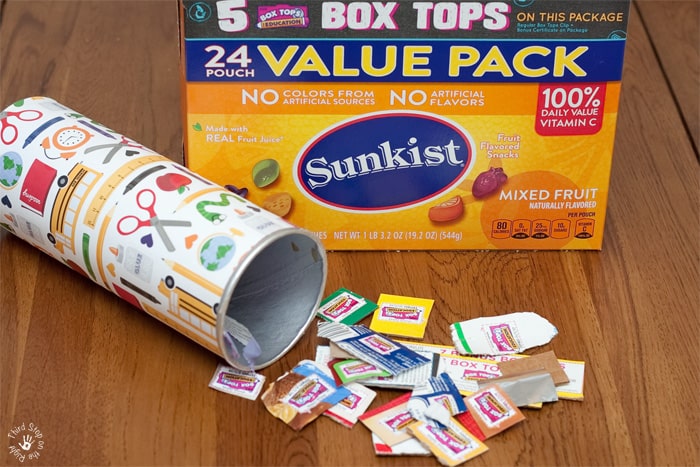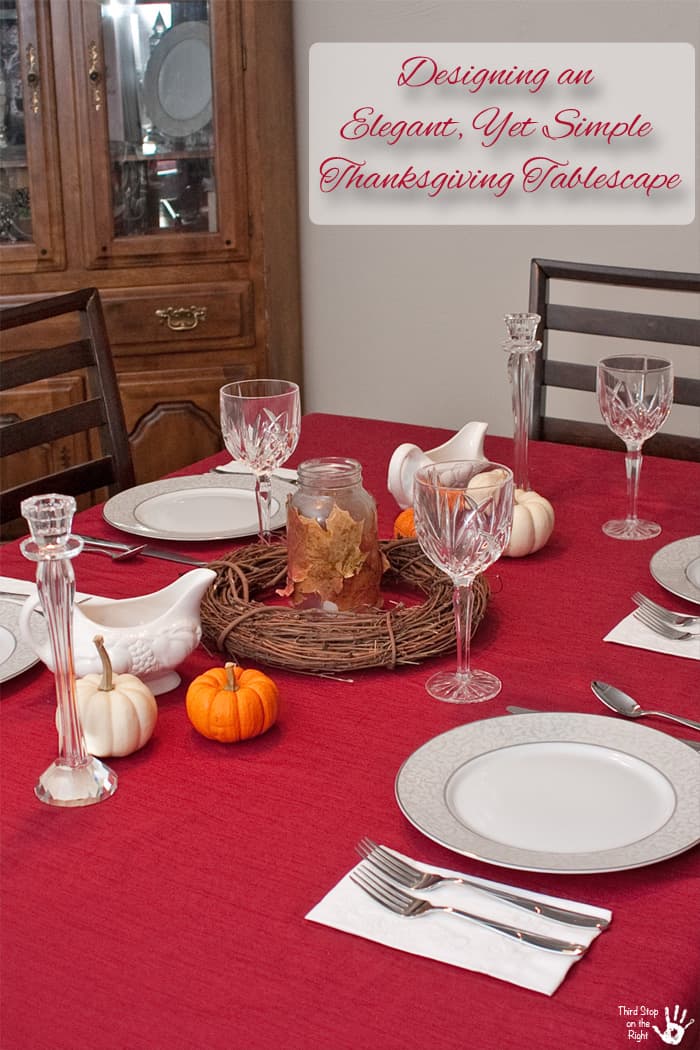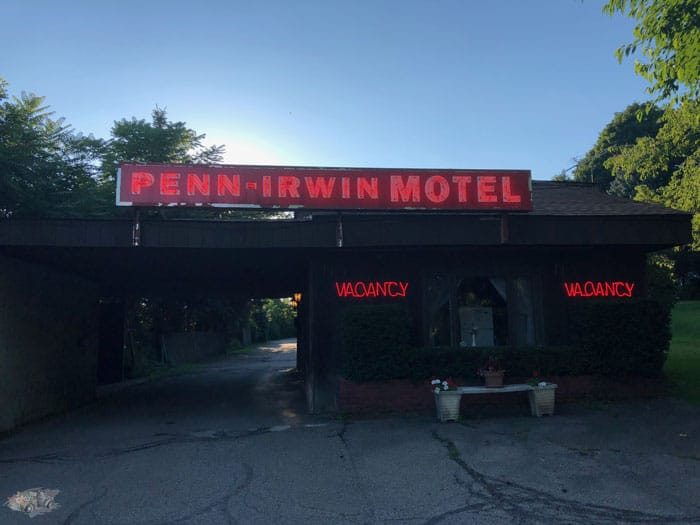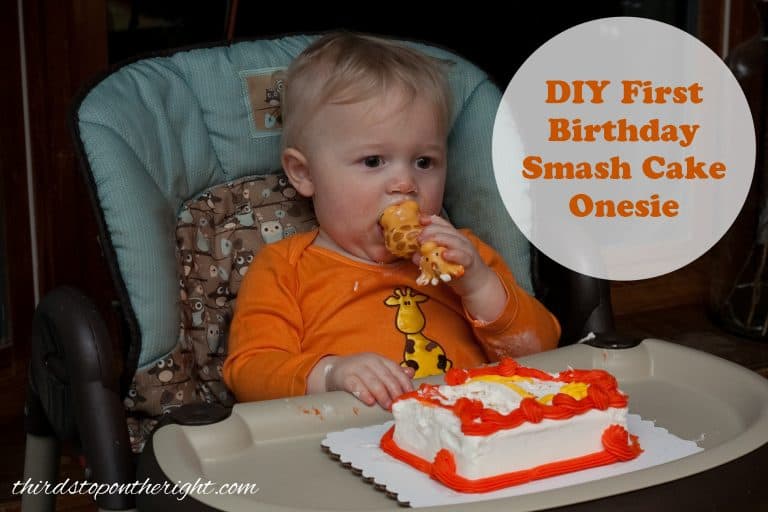I love seeing what has changed in Greensburg and what has stayed the same. Even more so, I love looking at old postcards and photography and looking for clues about what buildings still exist, what has changed, and what are just a memory.

Recently, I ran across a postcard that I hadn’t seen before. It’s a view of Pennsylvania Avenue looking north. The ones that I had already had only showed a view looking south.
This is what that street view looks like today.

My first giveaway to match up the location was the building by the upper right-hand corner of the postcard.


The building with the four metal balconies is still there. In fact, I was recently checking out that same building a couple of weeks ago because of an article I was writing about Greensburg’s red “X” program. Although this building does have a red X, according to this Tribune Review article, it is because the building has a bad roof and the city is working with the owner to get it fixed. Since it is in a historic district, the city has no desire to see it torn down.

The 1900s red brick Classic Revival style building, as well as the one beside it, is largely unchanged as they still have the original decorative trim along the roof and the metal balconies remain the same. There have been several eating establishments in the building including Midge’s, County Seat Restaurant, Derby’s, and most recently Mark C’s. In the postcard it appears there is a business named “Peoples” in the space.

Next door to that building is a house where the former Art Tech currently sits. You can actually see the outline against the red brick building of where the house used to be.
While the right-hand side of the street remains relatively the same (you can see Bortz hardware and the Cope Building) the left side has seen some changes. Many of the buildings that you see have either been demolished or have had significant exterior changes.

This is what the same street view looks like today.

Several business you can see on the left-hand side of the street in the postcard include Thomas Drugs (who later moved to a new building down the street), J.L. Stehle Co., and at the far end of the street is the former Keystone Hotel.
 It’s a shame many of these facades haven’t survived, but there are a few such as this building beside the church (the church is not pictured in the postcard) that show an example of the architecture that was prevalent in the early 1900s.
It’s a shame many of these facades haven’t survived, but there are a few such as this building beside the church (the church is not pictured in the postcard) that show an example of the architecture that was prevalent in the early 1900s.
